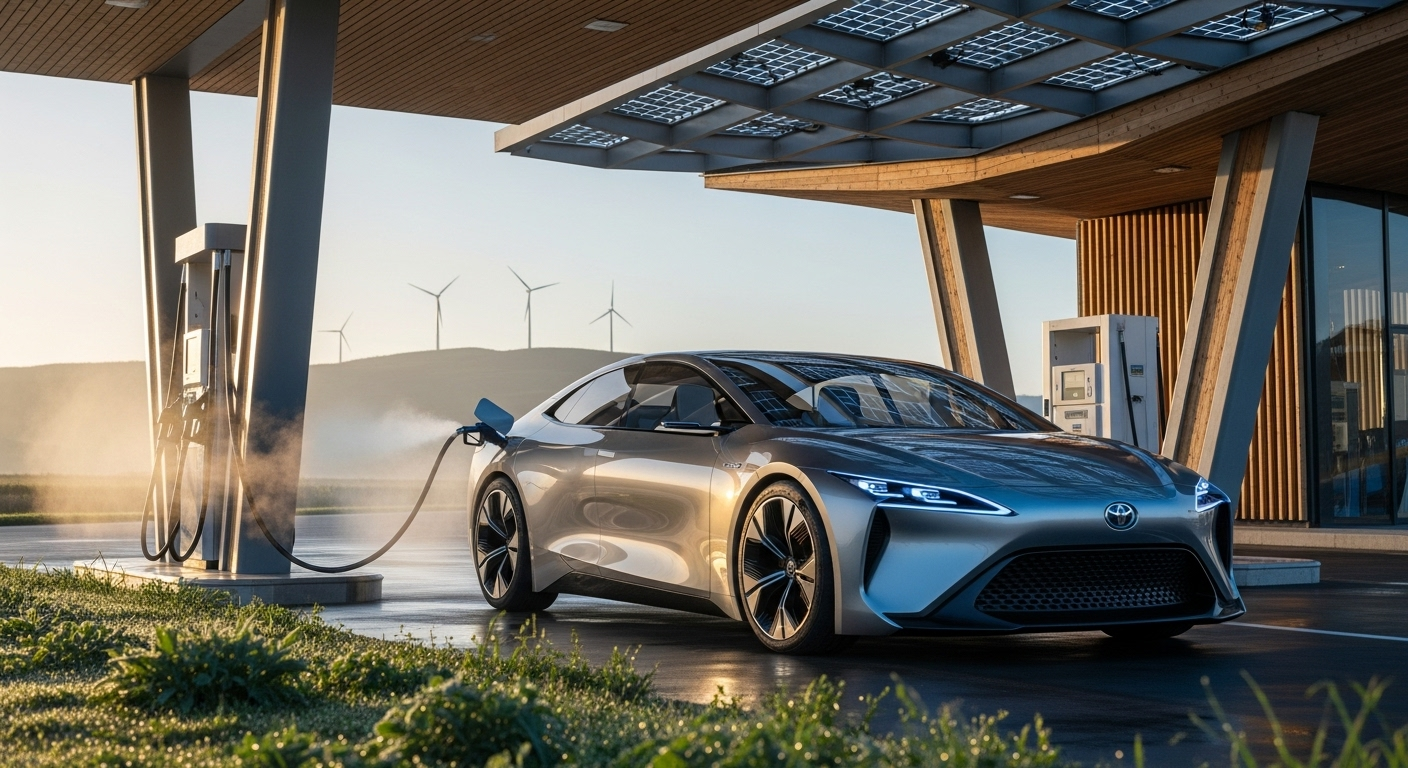Steering into the Future: The Prominence of Hydrogen Fuel Cell Vehicles
The automotive world is on the cusp of a revolution, not of the electric or hybrid kind, but something altogether different. A technology that promises zero emissions, superior range, and a quick refuel time. Welcome to the era of hydrogen fuel cell vehicles (FCVs), where water is the only by-product of an exciting driving experience.

The Genesis of Hydrogen Fuel Cell Vehicles
Hydrogen fuel cell technology isn’t new. Its inception dates back to the early 19th century when English scientist Sir William Grove invented the ‘gas voltaic battery.’ This creation marked the birth of the fuel cell concept, which later evolved into the modern hydrogen fuel cell.
In the 1960s, NASA started using hydrogen fuel cells to power their spacecraft, but it wasn’t until the 1990s that car manufacturers began seriously exploring FCVs. Despite the early promise, the technology had to overcome significant hurdles, including high production costs, infrastructure challenges, and public skepticism.
Today’s Fuel Cell Vehicles: A Closer Look
Today, major players like Toyota, Hyundai, and Honda have made significant strides in hydrogen fuel cell technology. Their FCV models, such as the Toyota Mirai and Hyundai Nexo, are starting to make waves in the automotive industry.
FCVs are powered by a fuel cell stack, a device that combines hydrogen from the vehicle’s fuel tank with oxygen from the air to produce electricity. This energy is then used to power an electric motor, which propels the vehicle.
The Advantages and Challenges of Hydrogen Fuel Cell Vehicles
One of the most attractive benefits of FCVs is their zero-emission operation. They emit only water, making them an environmentally friendly alternative to fossil fuel vehicles. Additionally, FCVs can offer a driving range comparable to or even better than conventional vehicles, often exceeding 300 miles on a single tank of hydrogen.
However, there are also significant challenges that must be addressed. The hydrogen fueling infrastructure is still in its infancy, with only a few dozen stations across the U.S. Moreover, hydrogen production is energy-intensive and often relies on natural gas, which negates some of the environmental benefits.
Impact on the Automotive Industry and Drivers
Despite the challenges, FCVs represent a promising direction for the automotive industry. They offer a fresh approach to clean mobility, combining the best of electric vehicles (quick, quiet, and smooth operation) with the convenience of conventional vehicles (long range and quick refueling).
For drivers, adopting an FCV means participating in a new era of automotive technology. It’s an opportunity to drive a vehicle that’s not only environmentally friendly but also delivers a unique driving experience.
The Road Ahead
Hydrogen fuel cell vehicles have come a long way, but there’s still a road to travel. The industry needs to address the infrastructure and production issues to make FCVs a viable alternative for the average driver. However, given the pace of technological advancements and the automotive industry’s commitment to sustainability, the future of FCVs looks promising indeed.
In the grand scheme of things, the advent of hydrogen fuel cell vehicles signifies an exciting shift in the automotive landscape. It’s a journey towards cleaner, more efficient transportation, with the ultimate destination being a sustainable future for us all.






